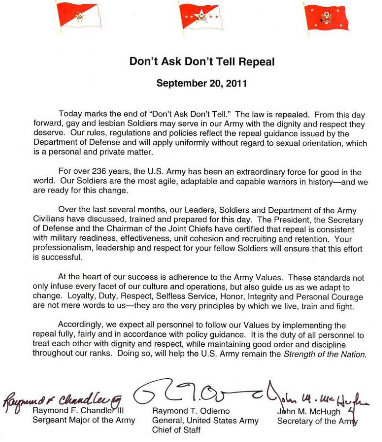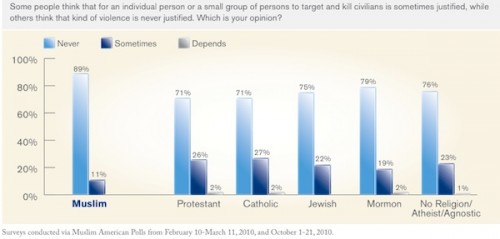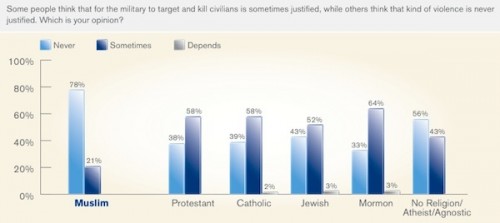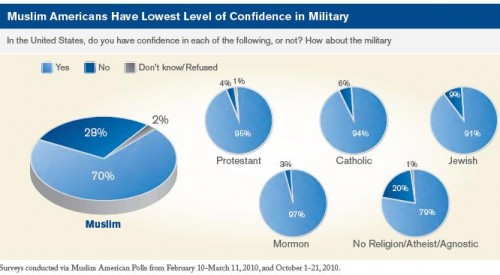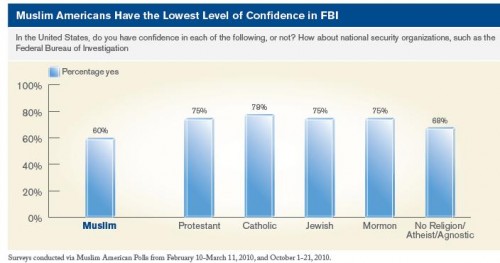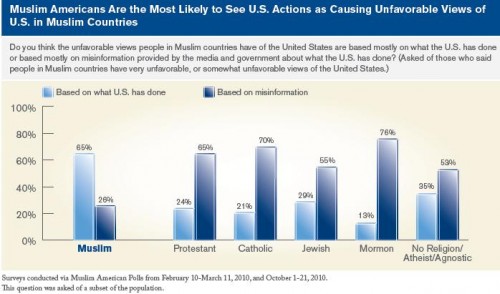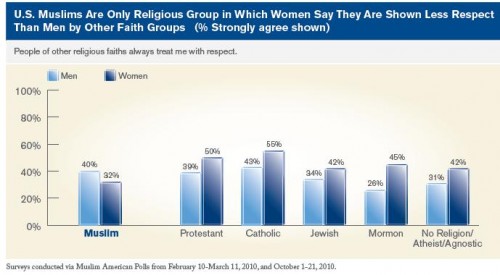Lately we’ve seen a number of instances in which men are portrayed as babies. We saw it in a Jack in the Box commercial featuring men being pushed around in a stroller, in the recent advertising for the movie Life as We Know It, and now Australian Ikea has opened Manland, a “day care” for men, a place where women can drop off their husbands while they shop. Thanks to Andri, a brand new student of mine, and readers YetAnotherGirl, Laura E., and LM for sending it in.
The idea that men are like babies is pretty damn obnoxious and should be offensive on the face of it (see especially the Jack in the Box commercial). But this is more insidiously problematic even than that. It tells women that they can’t expect men to be grown ups. And if men can’t be grown ups, they we certainly can’t expect them to do their share of the dishes or the hard work of raising families or, for that matter, be a true and equal emotional partner.
We see a similar pattern of insulting men in a way that undermines women in the new “mediocre man” genre. As I’ve written elsewhere, the mediocre man (think Judd Apatow movies and Hard Lemonade commercials):
…is a self-deprecating character who undermines idealized masculinity by being likeable despite being decidedly non-ideal… The viewers are meant to identify with the mediocre men, who revel in each others’ company, happy to be dudes free from the clutches of the women in their lives, even if they aren’t sleeping with supermodels. The mediocre man may be kind of a loser, indeed, but he can thank God he’s a man.
In both the man-as-child and the mediocre man tropes, then, the portrayals manage to simultaneously mock guys and support patriarchy. Pretty amazing.
Lisa Wade, PhD is an Associate Professor at Tulane University. She is the author of American Hookup, a book about college sexual culture; a textbook about gender; and a forthcoming introductory text: Terrible Magnificent Sociology. You can follow her on Twitter and Instagram.


